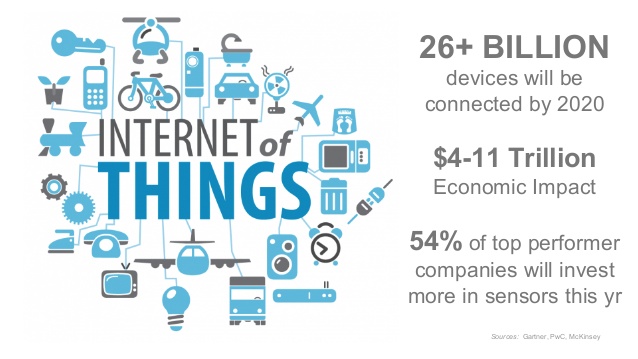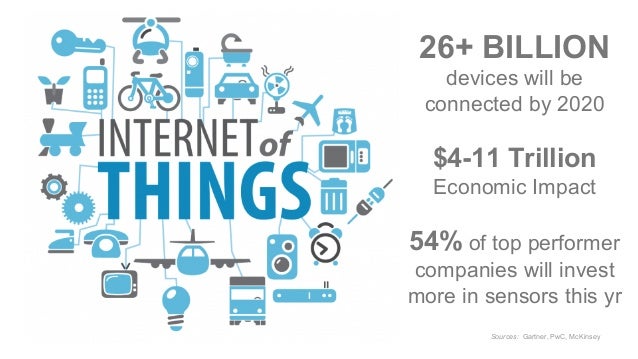Article summary
At Atomic, we’ve noticed an increase in the number of companies asking us for help with creating “connected” products (physical objects that are linked to the Internet and can send and/or receive data). It’s the new thing, and everyone’s feeling pressure to add their product to the list of 8.4 billion connected things already on the market.
Unfortunately, companies that are very good at making physical products often struggle in the new Internet of things (IoT) space. The very behaviors that helped them achieve their past success—a solid business case, a well-known ROI, and a focus on predictability—are holding them back.
To succeed in the Internet of Things, you need speed, innovation, and the ability to take smart risks. You need an IoT mindset.
Principles of an IoT Mindset
1. Become comfortable with uncertainty.
Leaders inside companies have been rewarded for producing consistent outcomes. They have earned raises and bonuses and climbed the company ladder through their success. Now, faced with uncertainty, they flounder and flail in trying to make decisions. Their anxiety grows from the gray areas around them.
Stop expending energy trying to change this situation. Instead, embrace the uncertainty. It provides the freedom to explore new technology paths. This means having plans that allow for change and evolution—not ones that create a fallacy of fake predictability.
2. Embrace continuous learning.
Incremental thinking no longer provides the outcomes to keep pace with competition. Instead, adopt a kind of thinking in which all decisions are rooted in specific goals. As you move forward with your plans, expect that you and your team will be learning and improving along the way.
Future technology in IoT is changing all the time, and it may experience delays or failures. Creating an environment where failure is accepted allows you to maximize shared learning, and being risk-tolerant allows you to look for the ideas that will provide new value for your business.
3. Start now, start small, and experiment.
Waiting until a technology is proven or mature will stall or halt your progress. Waiting also allows your competition to advance and seize new market opportunities—and learn how to succeed with IoT.
Instead, you need start running small experiments now to discover your opportunities. These experiments should be limited to smaller spends to allow learning and tolerate failure. With each iteration, you will learn more and find technology paths that create new value for you. And from here, you can begin to exploit new IoT competitive levers.
4. Focus on your customer.
This last idea has been around for years, but it is often forgotten by leaders. Product companies sometimes center their thinking on incremental change, and, as a result, they lose sight of the customer.
When trying to create a new related digital experience, you need to back away from your feature list. Start with the people who are the focus of your design. Find a way to provide solutions that are tailored to their needs, and discover what they are looking for in a digital experience.
Innovate Faster
In a time full of disruption and change, companies are innovating at faster rate than ever before. To encourage innovation at the speeds required, leaders need a culture of creativity. Risk-averse companies will be too slow. Employee thinking and actions bog down in rules that favor predictability and security.
At Atomic, we can help. We excel at solving complex technology problems by putting people first.
Our budgeting process can help you find the right dollars to capitalize your project. We avoid over-spending before you’ve established the right technology path.
We also apply Human-Centered Design (HCD) methods early in the project’s scoping and planning phase. HCD allows us to refine and prioritize the requirements for success in your project.
We combine this approach with a solid agile practice. This allows your team to create plans that evolve and grow as our learning progresses.
Beyond an IoT mindset, there are practices that will find success for IoT initiatives. HCD, agile, and experimentation are a few. Changing the behaviors that are holding you back is the first step towards a better future.


